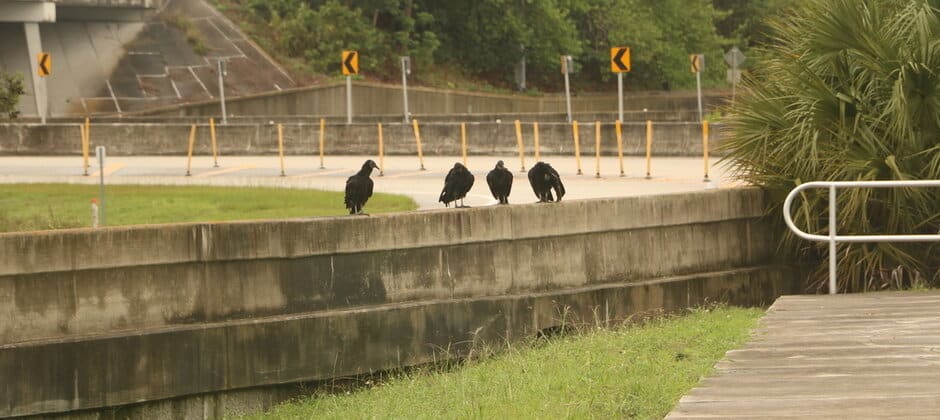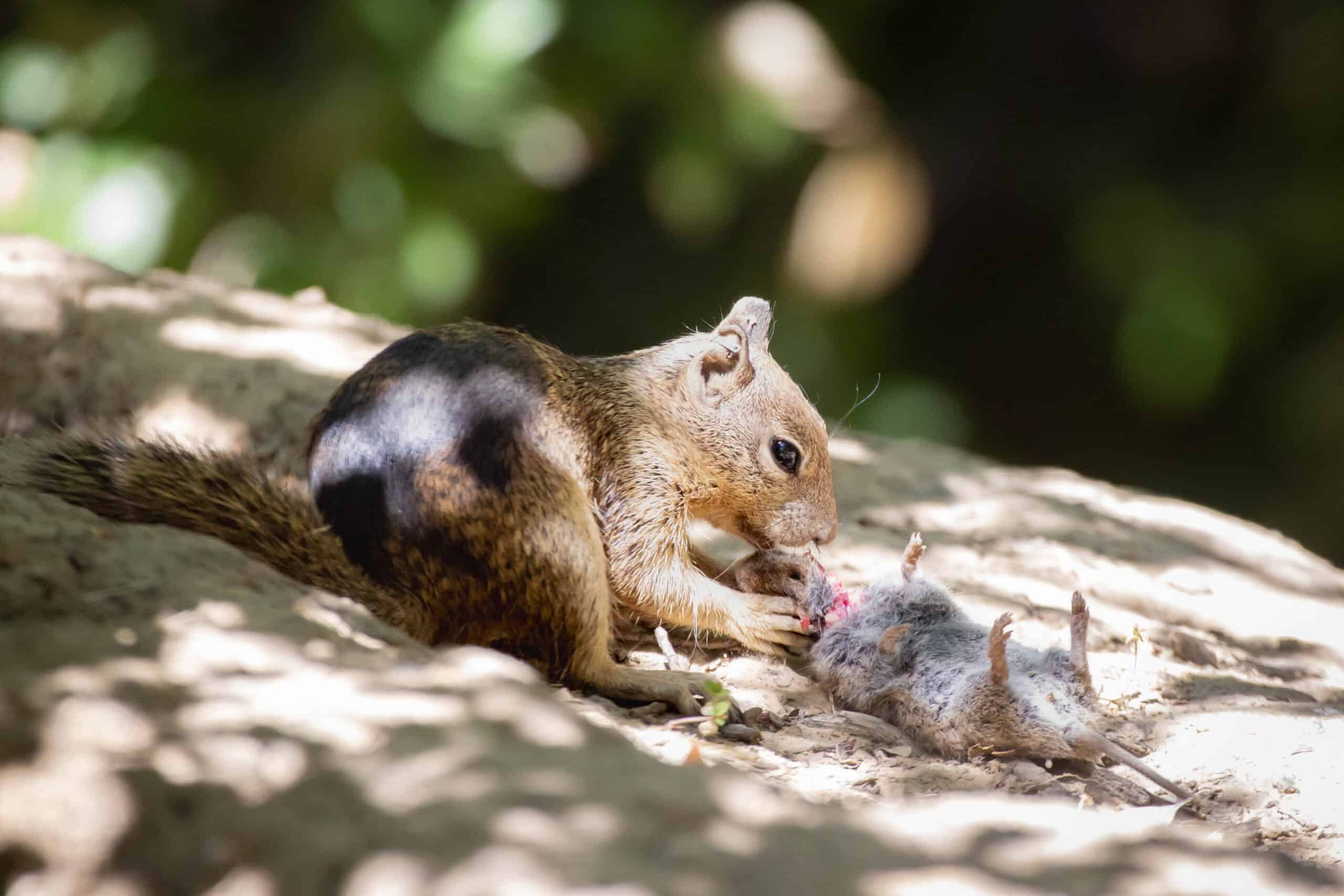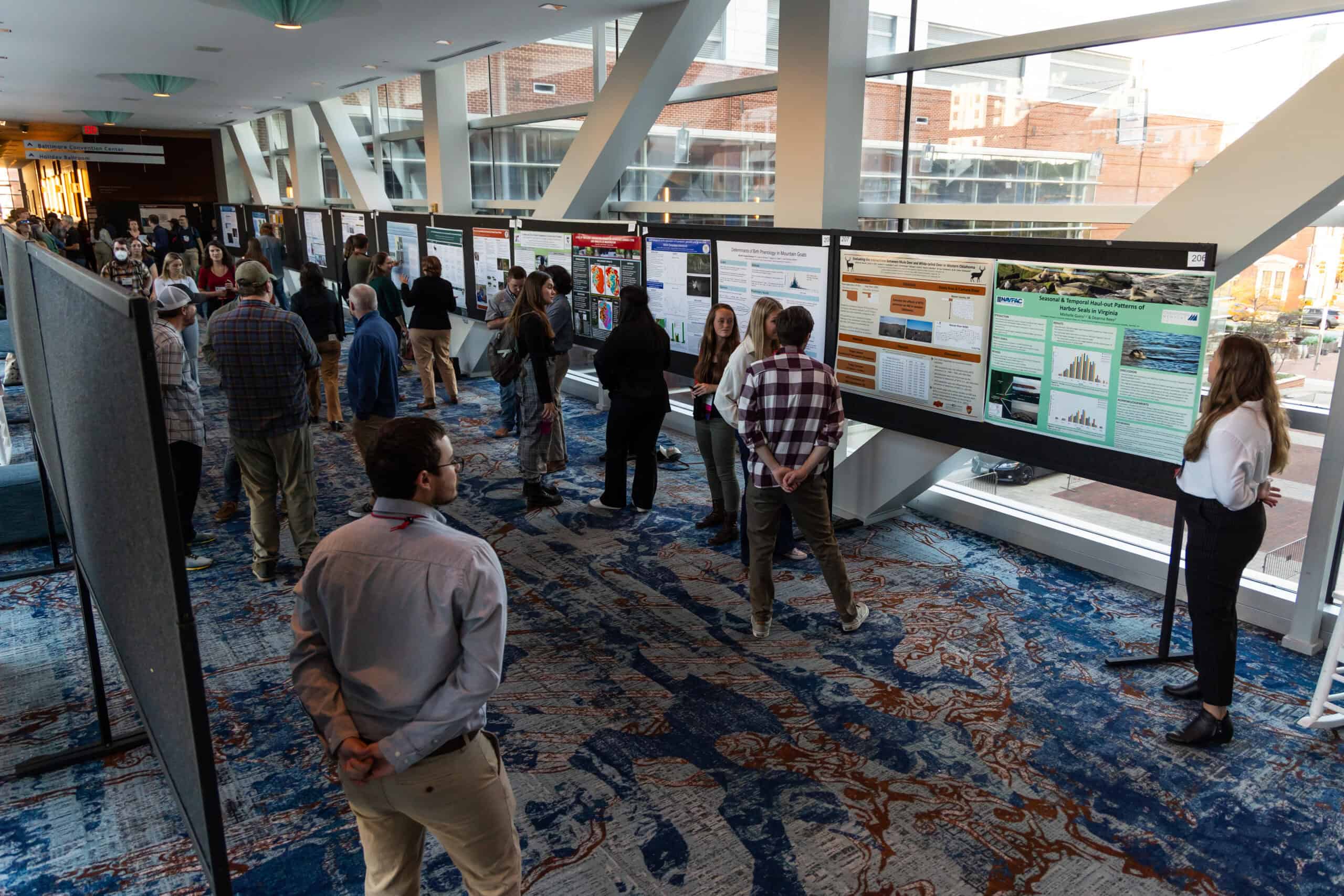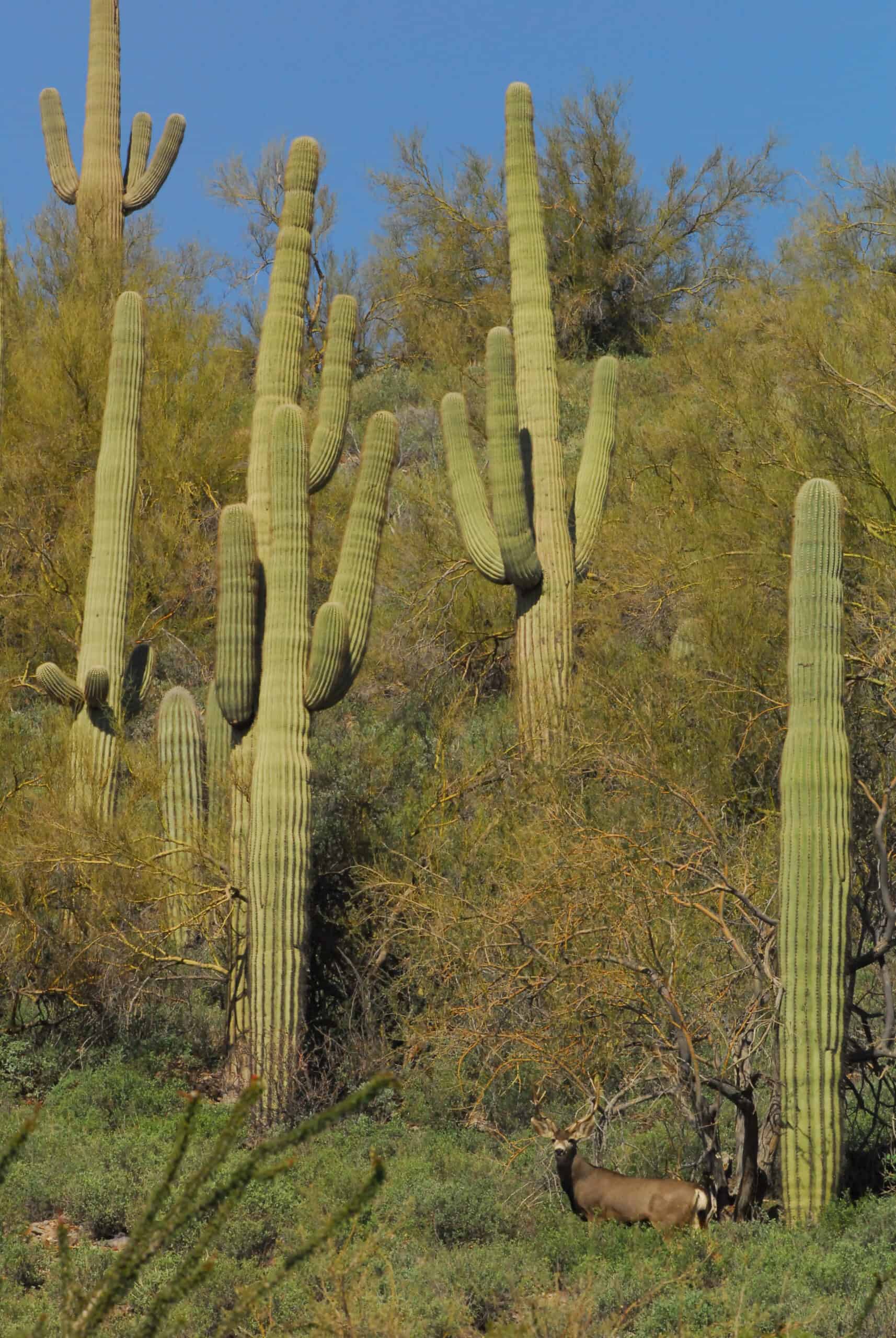Share this article
JWM: Vulture predation on cattle increases in Midwest
The idea of a flock of vultures carrying off a cow may seem like some ridiculous fantasy, but as black vultures expand northward into the United States, it may not be that far from reality.
The historic range of black vultures (Coragyps atratus) typically covers South and Central America. But a warmer climate could be ushering these scavengers into new regions of the midwestern United States. These newcomers are a little bigger and more aggressive than the turkey vultures (Cathartes aura) found widely across most of the United States. In fact, black vultures can get so aggressive that wildlife managers began hearing some “horror stories” of black vultures preying on newly born livestock starting in the early 1990s.
“[Wildlife managers] really got worried,” said Brandon Quinby a conservation biologist at the State University of New York Cobleskill.
Quinby, who was a postdoctoral researcher at Purdue University when he started this work, decided to more closely examine this emerging problem. In a study published recently in the Journal of Wildlife Management and funded by the U.S. Department of Agriculture’s National Wildlife Research Center—part of Wildlife Services—and the U.S. Fish and Wildlife Service, he and his colleagues combined data on vulture habitat with information about livestock ranching to create a model that determines the relative risk of these types of predation events occurring in certain areas.
Both black and turkey vultures are attracted to the remains left over when livestock give birth—the birds are known to feed on livestock’s placentas. Conventional wisdom holds that black vultures will often scare away the turkey vultures to get more of the meal. But they don’t always stop at the birth remains. Reports shows that the raptors will also prey on live newborns, starting on the naval, eyes, tongue, anal cavity and hooves.
“They definitely will attack the young and helpless,” Quinby said. Vultures certainly don’t carry off cattle, but these attacks can sometimes result in death.
This often starts with two or three vultures, but many more will eventually join in. “It just kind of becomes a feeding frenzy,” Quinby said. Reports have revealed vultures will attack cows, goats, sheep, horses, farm-raised deer and domestic pigs.
Quinby said livestock producer reports of such events have increased dramatically. Between 1990 and 1996, for example, farmers reported 115 conflicts between black vultures and livestock. In 2010, the USDA reported vultures killed 11,900. And since it’s hard to discern whether a young animal was stillborn or born in good health before the vultures went to work, the researchers suspect this kind of wildlife conflict is underreported.
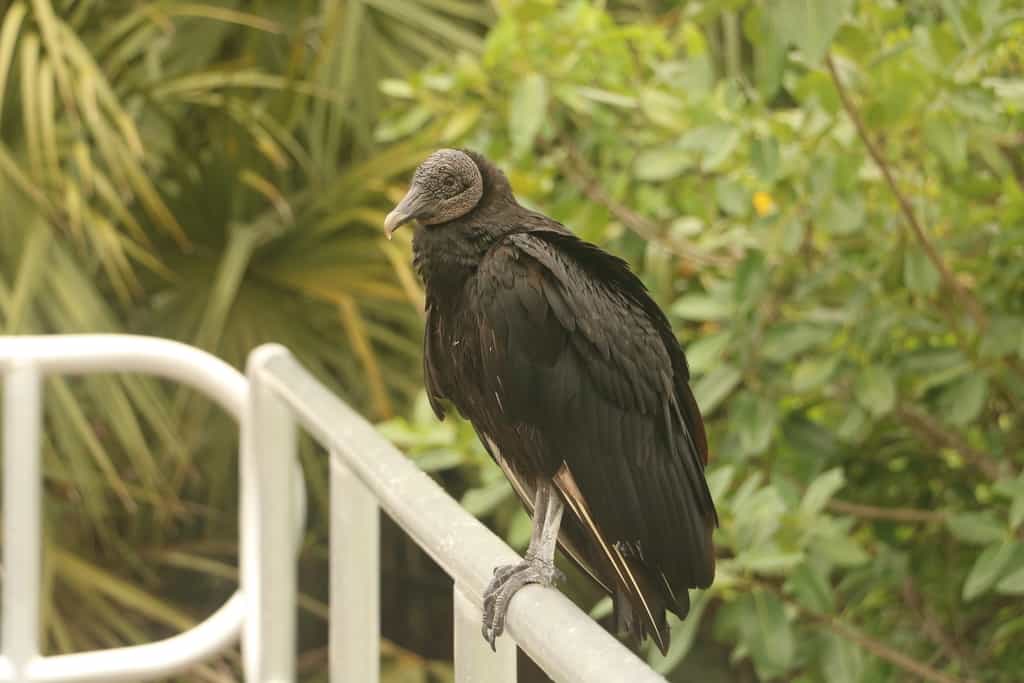
Black vultures are spreading northward in the U.S. due in part to warming climate. Credit: Joshua Rapp Learn
In their models, Quinby and his colleagues collected reports of predation on livestock down to the zip code level, occurring in a six-state region in the Midwest including Tennessee, Kentucky, Illinois, Missouri, Ohio and Indiana. They looked at factors associated with each area including the location of the report, what kind of ecosystems were nearby, and if there was human infrastructure or presence around. The researchers input USDA data on cattle density and information on potential nearby vulture roosting sites in their model to help determine which zip codes were more likely sites of conflict.
The team found that throughout the entire region, there wasn’t a single zip code where there was zero risk of vulture attacks on livestock.
“Even in areas that you would not consider to have a large population of cattle, there were potential small operations,” Quinby said. These small cattle operations mean some level of risk is nearly everywhere.
The relative risk was between 15% and 63%, depending on the area. The largest risk occurred when the surrounding area had the most features conducive to vulture presence—things like dams or wetlands that vultures typically favor. Unsurprisingly, areas with lots of livestock in open pastures also had higher risk of predation by vultures.
Quinby said this research can help agencies like Wildlife Services determine where they might focus preventative action. Dissuading vultures can be tricky, since the birds fall under the Migratory Bird Protection Act. Commonly implemented measures for mitigation in these areas might include using guard dogs, fireworks or laser pointers to scare black vultures away during livestock birthing season. Hanging an effigy of a dead vulture on a nearby tree also seems to ward off the living ones, Quinby said. But these actions would need to be taken in concert with Wildlife Services or the Animal and Plant Health Inspection Service, he said.
This article features research that was published in a TWS peer-reviewed journal. Individual online access to all TWS journal articles is a benefit of membership. Join TWS now to read the latest in wildlife research.
Header Image: Black vulture predation on cattle might go underreported. Credit: Joshua Rapp Learn



